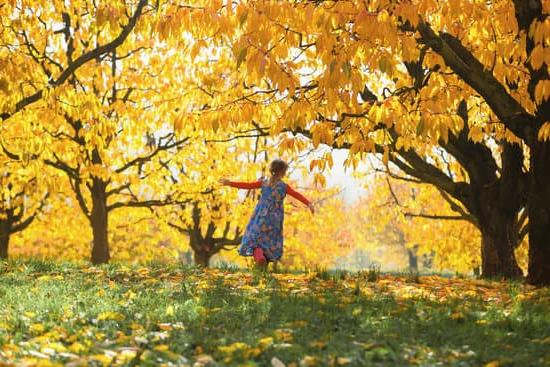How to garden on a budget has become an increasingly popular topic with consumers in today’s difficult economic times. Many people are not only concerned about how much things cost, but also what they are spending that is not necessary. No-cost gardening is an effective way of achieving this as it requires little out-of-pocket expenses such as seeds, fertilizer, tools, and decorative materials. It is important to note that many of these items can be found for significantly less in retail stores.

Gardening can be simplified into a few simple steps with a few simple guidelines. The first step to ensure maximum results from your gardening efforts is the proper preparation of the garden. Choosing the proper plants and mulch can have a dramatic effect on how well your plants grow. There are some plants that are better suited to particular climates. Some popular gardening terms are discussed below.
A bed is the foundation of any garden as it serves as the focal point for spreading out the various plants. When planning how to garden on a budget, always make sure to lay out a bed that offers adequate support for your specific gardening endeavor. Some popular choices are rye grass for the Midwest or border edging for the South. Beds will require watering once or twice a week during the summer.
An important part of planting your garden is determining how many plants you want to grow. This is important because planting too many plants will require more water and fertilization. Be careful to avoid planting too close to one another because the extra light from one plant could cause a negative effect on the growth of the next. Another important factor to consider is sunlight exposure. Sunlight exposure is especially important to younger plants that may not be able to handle strong sunlight without being burned.
Soil quality and fertility are two crucial factors when designing a garden. Soils with high organic matter content provide better drainage for plant roots. Also, the nutrients contained in organic soils promote plant growth. Fertilizers can also be added to improve the soil’s fertility. It is important to choose organic fertilizers because chemical fertilizers may contain chemicals that may prove harmful to your plants.
Once you’ve decided on a specific garden design, it’s time to plan the layout. Arrange the plants and flowers in a way that maximizes space usage. Try and group plants by color or type. Gardens can be arranged around a central source like a tree, stream or lamp post. Make sure to place all outdoor lights within easy reach. Lighting is important to bring out the colors of your garden during the evening.
Another thing that should be considered when it comes to gardening is the tools you will use. Gardening requires patience and precision. While it would be nice to have all the equipment you need at hand, it’s best to have the bare bones before starting a garden. Tools needed for gardening include rakes, spades, digging trowels, hoes and knives. You’ll also need some potting soil and compost to begin with so you might want to consider getting a gardening kit along with your supplies.
If you want to know more about how to garden, there are many books available that provide step-by-step instructions. Gardening is a fun hobby and one that can benefit you in many ways. Growing your own vegetables can give you fresh, delicious produce for you meals. There is nothing quite like eating fresh from the garden. It is important to pick healthy plants that will thrive in your garden. In the end, you’ll enjoy the fruits of your labor and the joy of feeding the community through your gardening efforts.

Welcome to my blog about home and family. This blog is a place where I will share my thoughts, ideas, and experiences related to these important topics. I am a stay-at-home mom with two young children. I hope you enjoy reading it! and may find some helpful tips and ideas that will make your home and family life even better!





